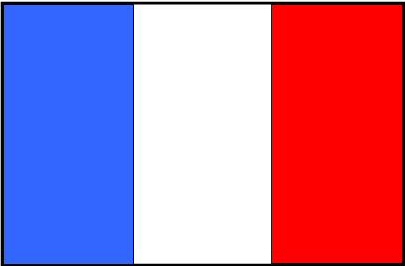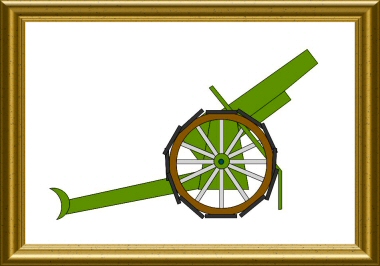|
|
|
|
|
|
|
 France
|
Canon de 155mm Mle 1904 CTR Rimailho |
 Heavy artillery
|
|
|
Contributor :
|
Location :
Belgium
Brussels
Musée Royal de l'Armée
Coordinates :
Lat : 50.84310 / Long : 4.39430
|
General comments on this surviving gun :
Having this unique surviving gun in the world is one of the (numerous) prides of the Brussels Museum
Identical items in the same location :
1
Items covered by this file :
1
|
|

|

|

|
The sliding guides near the tube end show evident similarities with the 75 mm fieldgun
|
Rear view on the characteristic pinion-rack elevation system
|
Breech markings : 'C. de 155 R - Nr19 - F.Bs; 1905'. This gun other major parts are marked 'Puteaux', 'Saint Etienne' and 'Tulle'
|
|
|
Historic and technical information
|
|
Denomination :
155 Mle 1904 CTR
|
Origin :
 (
Etablissements et Arsenaux de Bourges)
(
Etablissements et Arsenaux de Bourges)
 (
Etablissements et Arsenaux de Puteaux )
(
Etablissements et Arsenaux de Puteaux )
|
|
Historic context :
The captain Rimailho was one of the designers of the famous 75 Mle 1897 fieldgun that revolutionned the artillery science and triggered a modernization run of the existing artillery weapons of most nations.
At the start of the XXth century, he thus naturally proposed a heavier 155 mm quick firing gun inheriting the advantages of the technological evolutions developped for the famous fieldgun, particularly the modern and reliable recoil recuperating system (based on a hydraulic brake associated with a pneumatic recuperator), considerbly increasing the fire rate and accuracy.
Unhopefully the technical difficulties caused by the adaptation to heavy calibers barrels with high pointing angles of these mechanisms designed for light fieldguns were found greater than expected and were only solved at the cost of a high complexity. Moreover, the French Army imposed the exclusive use of the old and short tube of the 155 c Mle 1881 de Bange, limiting the range of this modern weapon. The gun was strangely designed for transportation in two separate loads (one with the tube only), despite a total weight that was compatible with a single load towing.
One of the most exotic characteristic of this Canon de 155 mm Court, modèle 1904 TR Rimailho ('TR' = 'Tir Rapide', Quick Fire) was the unusual position of the tube trunnions (elevation rotation axis), located far rear close to the breech. This disposition was needed to allow both a long recoil distance and a high maximum elevation angle at about 60 degrees, but it induced the mounting of an unusual and cumbersome rack / pinion system for the aiming, helped by a pneumatic balancing system.
The breech of the (modified) de Bange barrel was also typical : the original de Bange one was replaced by a automatic opening / semi automating closing interrupted screw breech, unusually translated backwards along two parallel rods in open position in order to serve as a shell handling device as well.
While 122 such guns were built, 104 of them were available in 1914 and all of them were engaged in operations. The 155 C TR Rimailho proved themselved good weapons, but their range was really too limited. This made the units systematically use them with maximum propulsive loads, giving birth to premature barrels wear that had to be progressively removed from active service, leaving the place to the 155c of Saint Chamond, then of Schneider. Only 33 'Rimailhos' were in service on August 1st 1917, none of them being inventoried in 1918.
|
Technical data :
- Complete description : 155mm Mle 1904 short gun quick fire Rimailho
- Design year : 1904
- Calibre : 155.00 mm
- Weight in firing position : 3200 kg
- Weight for transportation : 2750 kg (tube wagon) and 2500 kg (carriage with additional wheels)
- Tube length in calibres : 12.10 (rifled part only), 15.5 total length
- Grooves : 48 progressive angle ending at 7 degrees, oriented to the right
- Projectile weight : 41 à 43 kg
- Initial speed : 291 m/s
- Fire rate : 6 rounds per minute
- Range : 6280 m
- Elevation range : 0 to +60 degrees
- Direction range : 5 degrees total range
|
Sources
|
-
Manuel d'Artillerie Lourde, 3ème édition Commandant Alvin Commandant André Henri Charles-Lavauzelle 1917
|
|